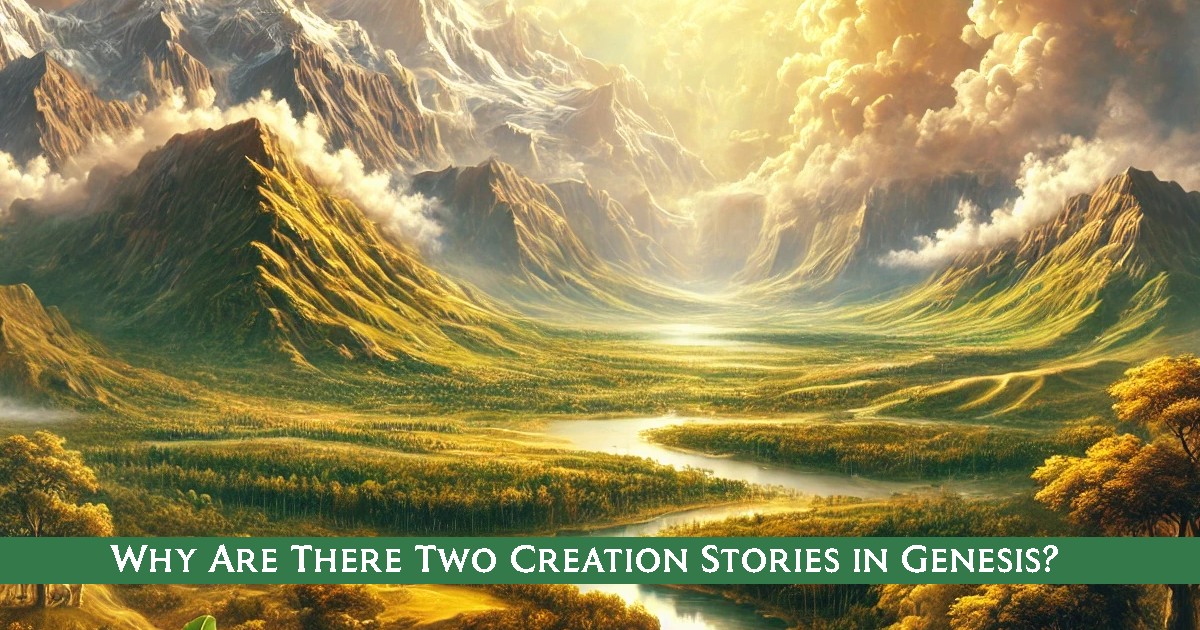The Book of Genesis presents not one but two distinct creation narratives: Genesis 1:1–2:3 and Genesis 2:4–25. This raises a provocative question: why are there two creation stories, and what does this mean for the text’s origins?
Secular Investigation of the Earliest Texts
- Documentary Hypothesis
Scholars propose the Documentary Hypothesis, suggesting that Genesis is a compilation of multiple sources. The two creation stories are believed to stem from different traditions: the Priestly (P) source and the Yahwist (J) source. The Priestly account (Genesis 1) emphasizes a structured, cosmic order with a transcendent God, while the Yahwist account (Genesis 2) portrays a more anthropomorphic God involved intimately with creation. - Linguistic and Stylistic Differences
Analysis of the original Hebrew reveals stark contrasts in language and style. Genesis 1 uses formal, repetitive structures with the name “Elohim” for God, reflecting liturgical origins. In contrast, Genesis 2 employs a vivid, narrative style with the name “Yahweh Elohim,” indicating a different authorial perspective and theological focus. - Cultural and Historical Context
The two accounts reflect varying ancient Near Eastern influences. The Priestly source aligns with Babylonian creation myths like the Enuma Elish, emphasizing order from chaos. The Yahwist narrative resonates with older, agrarian-based traditions, focusing on human relationships and the environment, possibly rooted in earlier Canaanite lore. - Redaction Evidence
The seamless placement of these differing accounts suggests a redactor intentionally combined them. This editorial decision likely aimed to preserve and honor multiple sacred traditions within the emerging Israelite identity, reflecting a theological tapestry rather than a contradiction.
Conclusion with Sources
The existence of two creation stories in Genesis highlights the complex, layered history of biblical texts. This is not a flaw but evidence of rich cultural and theological evolution. Key sources for this analysis include:
- The Documentary Hypothesis (Julius Wellhausen, 1878)
- “The Bible with Sources Revealed” by Richard Elliott Friedman
- The Enuma Elish (Babylonian creation epic)
- Comparative studies of ancient Canaanite and Mesopotamian texts
Understanding these narratives through a secular lens doesn’t diminish their spiritual significance; rather, it reveals the depth and diversity of the traditions that shaped them.

